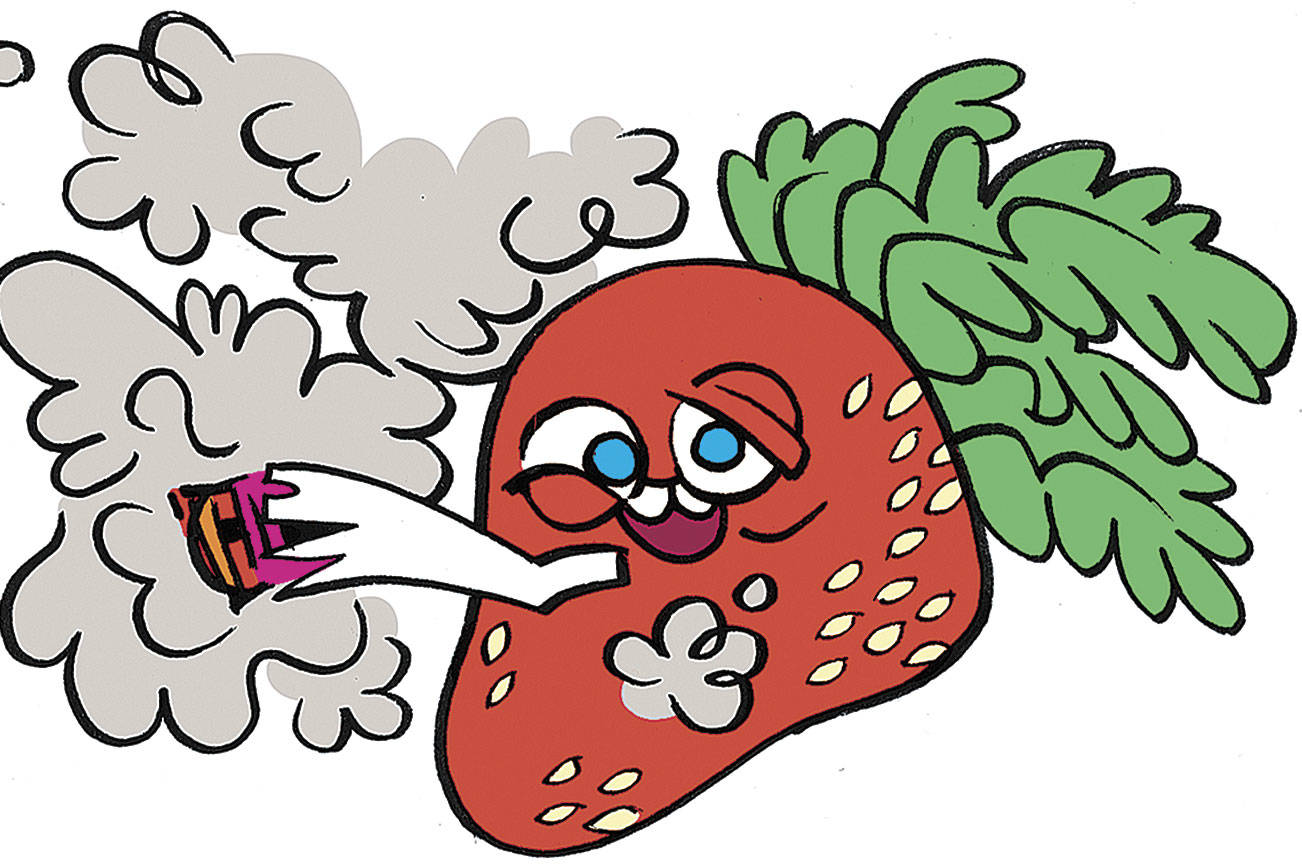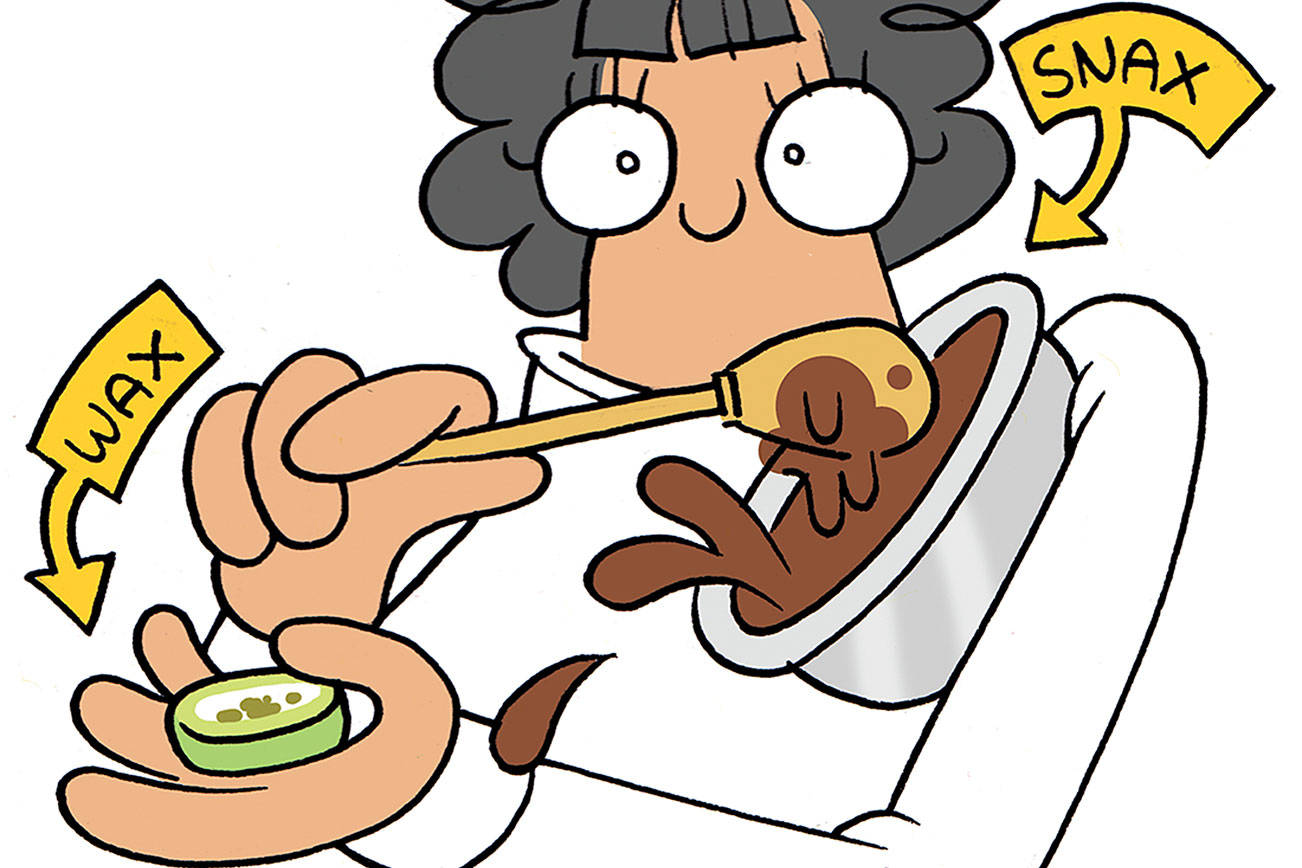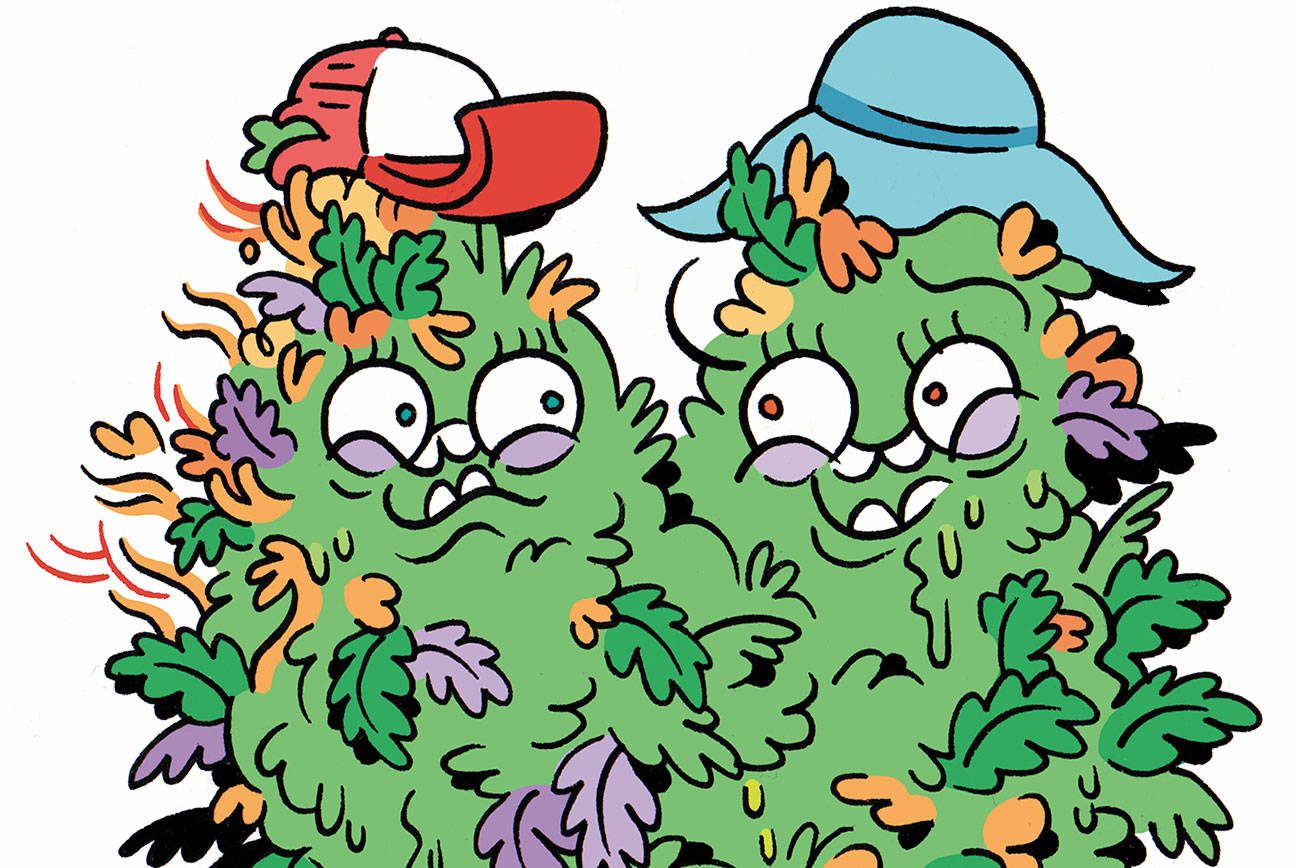As I write this, I’m smoking nugs of the hybrid strain Forbidden Fruit from Canna Organix. Lately I’ve been really fascinated with how strong the fruity flavors are in modern weed, and it got me wondering, “How did they do that?”
Several dozen strains in the world possess naturally sweet smells and/or flavors, and many of these provide a small whiff of a particular fruit. But these days, growers are cultivating plants with specific scents and flavors in mind, even if the strain has the potential to display these traits. Strawberry Cough, Super Lemon Haze, Pineapple Chunk, and Blueberry smell and taste exactly as they are named. The grower has to know what the plant wants. They must provide the right nutrients and light during the growing cycle to encourage the plant to show off its fruity potential, then harvest and cure the buds at the right time to capture the flavors and smells.
For a more direct flavoring method, some producers simply add sugars and flavors during the growing process. This approach opens brand-new scent and taste combinations that plants may not have been capable of previously. Usage of these extra ingredients is a little controversial, and some growers see these methods as “cheating.” Blackstrap molasses has become a go-to for enterprising growers who want to boost the sweetness in plants. Some growers just add basic flavorings to their watering cycles, using lemon, orange, strawberry, or other natural extracts found in the baking aisle at the grocery store. And a few companies even make plant supplements designed for adding flavors or smells.
One of the most tried-and-true—and natural—methods for flavoring your cannabis is storing dried weed with pieces of fruit or fruit skins. This is also an old-school method for replenishing a little moisture to dried-out nugs, and the most D.I.Y.-friendly option for fruitiness. Try placing some weed in a sealed container with a couple thin slices of apple or dried skins from an orange, lemon, or grapefruit. Leave it in the fridge overnight. Moisture and terpenes from the fruit will transfer to the dried nugs, bringing along their scents and flavors. If your nugs are a little too moist after this experiment, dry them in the open air for a couple hours before putting them back in their usual storage container. Fair warning: This method can introduce mold, so do only a couple nugs at a time and make sure you wash and dry your fruit before trying this.
The most new-school version of this method is to use essential oils. With this route, you drastically reduce the chances of mold, because essential oils don’t introduce any extra moisture, just intense smells and flavors. Tap out a few drops of oil onto a cotton ball and place that in the container with your nugs. Because essential oils are pretty intense, make sure you tape the cotton ball to the lid of your container or otherwise keep it from touching your weed; you only want to infuse the nugs with the volatiles from the oil, not soak the actual leaves.
stashbox@seattleweekly.com







